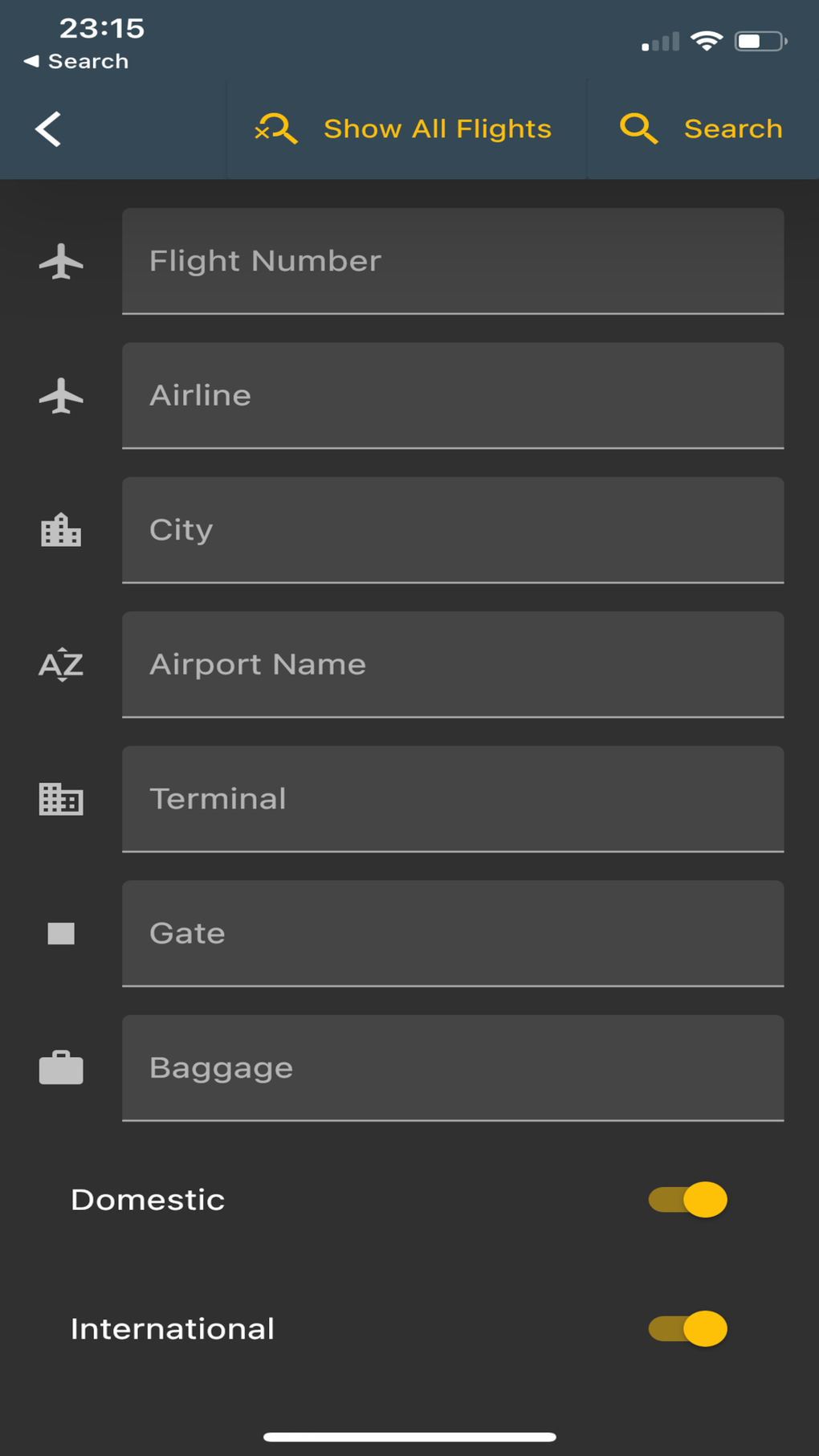The Newark Airport Crisis: A Looming National Problem

Table of Contents
Escalating Passenger Congestion and Delays at Newark Airport
Newark Airport, a major hub for numerous airlines, is struggling to keep pace with the rising number of passengers. This surge in air travel, coupled with the airport's existing limitations, has resulted in a perfect storm of delays and congestion. The Newark Airport crisis, in this aspect, is fundamentally a capacity issue.
- Rising passenger numbers exceeding airport capacity: Data from the Port Authority of New York and New Jersey reveals a consistent increase in passenger traffic at EWR, far outpacing infrastructure improvements. This overcrowding manifests in several ways.
- Increased wait times at security checkpoints: Passengers are reporting significantly longer wait times at TSA checkpoints, leading to missed flights and mounting frustration. This is often exacerbated by staffing shortages (discussed later).
- Longer taxi times on the tarmac: Once passengers are airborne, the problems aren't over. Planes often face extended delays taxiing to and from runways, further adding to overall travel times.
- Lack of adequate seating and amenities in terminals: Overcrowding extends beyond security checkpoints. The lack of sufficient seating and amenities creates an uncomfortable and stressful experience for many passengers, highlighting the inadequacy of current infrastructure to handle the passenger volume.
Inadequate Infrastructure and Maintenance Contributing to the Newark Airport Crisis
The aging infrastructure at Newark Airport is another critical factor contributing to the Newark Airport crisis. Decades of deferred maintenance and a failure to proactively invest in upgrades have left the airport struggling to meet the demands of modern air travel.
- Runway repairs and maintenance delays: The condition of runways and taxiways is crucial for efficient operations. Delays in repairs and maintenance can cause significant disruptions and contribute to flight delays.
- Outdated baggage handling systems leading to lost luggage: Newark Airport's baggage handling systems are notoriously inefficient, frequently resulting in delayed or lost luggage, adding to passenger frustration and operational inefficiencies.
- Lack of sufficient gate capacity: Limited gate capacity forces airlines to delay flights, particularly during peak hours, leading to a ripple effect of disruptions throughout the day.
- Technology upgrades lagging behind other major airports: Newark Airport's technology infrastructure lags behind many other major international airports, impacting operational efficiency and passenger experience. Modernization is urgently needed.
The Impact of Staff Shortages and Air Traffic Control Issues on the Newark Airport Crisis
Staffing shortages across various sectors are significantly exacerbating the Newark Airport crisis. The lack of personnel at critical points within the airport's operation creates a cascading effect of delays and disruptions.
- TSA agent shortages leading to long security lines: Understaffing at TSA checkpoints directly translates to longer wait times and increased passenger frustration. This is a major contributor to the overall airport congestion.
- Airline staff shortages causing flight cancellations and delays: Shortages of pilots, flight attendants, and ground crew all contribute to flight cancellations and delays, creating more pressure on an already strained system.
- Air traffic control bottlenecks contributing to congestion: Inefficiencies and delays in air traffic control can create bottlenecks, further impacting the flow of air traffic in and out of Newark Airport.
- Lack of adequate training and support for airport staff: A well-trained and supported workforce is essential for efficient airport operations. Investing in training and support for all airport staff is crucial to improving overall efficiency and reducing delays.
The Broader National Implications of the Newark Airport Crisis
The problems plaguing Newark Airport are not isolated incidents; they reflect broader systemic issues within the US air travel system. The Newark Airport crisis serves as a stark warning of what could happen at other major airports if similar issues are not addressed proactively.
- Potential for similar crises at other major hubs: The challenges faced by Newark Airport, including infrastructure limitations, staffing shortages, and outdated technology, are shared by many other major airports across the country.
- Economic losses due to flight delays and cancellations: The economic impact of flight disruptions is substantial, affecting businesses, travelers, and the overall economy. The Newark Airport crisis underscores the significant financial consequences of airport inefficiencies.
- Negative impact on tourism and business travel: The negative experience associated with delays and cancellations at Newark Airport can deter tourists and business travelers, harming the economy.
- Need for national-level solutions to address airport infrastructure and staffing issues: Addressing the Newark Airport crisis requires a national-level strategy that tackles the underlying infrastructure, staffing, and technological challenges plaguing airports across the United States.
Addressing the Newark Airport Crisis: A Call to Action
The escalating passenger congestion, inadequate infrastructure, staff shortages, and the potential for a nationwide crisis—these are the key takeaways from the analysis of the Newark Airport crisis. The situation demands urgent action. We need increased funding for airport infrastructure improvements, including runway repairs, modernized baggage handling systems, and expanded gate capacity. Furthermore, robust recruitment and training initiatives are crucial to address staffing shortages across all sectors of airport operations. Finally, strategic technology upgrades can significantly boost efficiency and alleviate congestion.
Help us prevent a nationwide air travel crisis by demanding action on the Newark Airport crisis today! Contact your representatives and urge them to prioritize funding for airport infrastructure improvements, staff training, and technological upgrades. Let's work together to ensure a smooth and efficient air travel experience for all.

Featured Posts
-
 3 Aprile 2024 Almanacco Eventi Storici Compleanni E Proverbio
May 27, 2025
3 Aprile 2024 Almanacco Eventi Storici Compleanni E Proverbio
May 27, 2025 -
 How Gucci Uses Bamboo Sustainability And Design In Fashion
May 27, 2025
How Gucci Uses Bamboo Sustainability And Design In Fashion
May 27, 2025 -
 Faster Goods From China A 90 Day Solution
May 27, 2025
Faster Goods From China A 90 Day Solution
May 27, 2025 -
 Ujawnienie Dokumentow Ws Zamachu Na Roberta F Kennedyego Nowe Fakty I Teorie
May 27, 2025
Ujawnienie Dokumentow Ws Zamachu Na Roberta F Kennedyego Nowe Fakty I Teorie
May 27, 2025 -
 Globalni Trgovski Konflikti Mnenieto Na Lagard I Analiz Ot Onlayn Vestnik Struma
May 27, 2025
Globalni Trgovski Konflikti Mnenieto Na Lagard I Analiz Ot Onlayn Vestnik Struma
May 27, 2025
